How Restoration Companies Can Properly and Safely Extract Wastewater
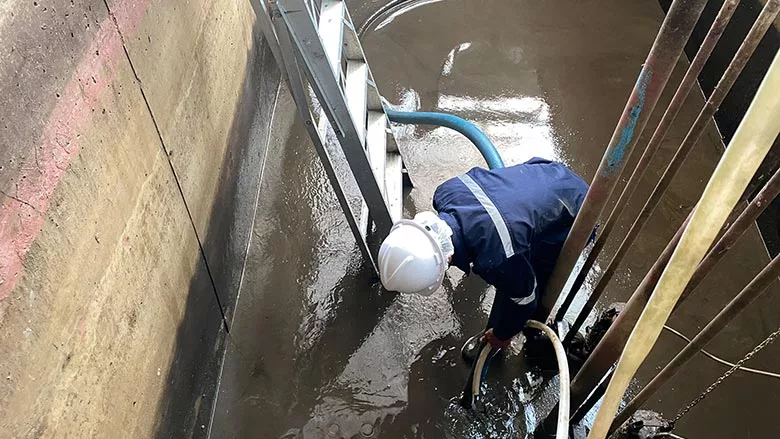
Photo credit: Thanaphol Intaja / iStock / Getty Images Plus via Getty Images
Is all wastewater the same?...
No…of course all wastewater is not the same! However, how many Restoration Companies pump any and all water into a storm sewer or onto a grassy area regardless of the type of water? Sometimes this may be perfectly acceptable, but do you know when it’s not acceptable?
The Restoration Industry can encounter many different “types” of water:
- Clean Extracted Water
- Used Cleaning Solutions
- Flood Water
- Sewage/Sewage-Contaminated Water
In this article, I want to discuss these basic types of water, how to protect yourself, and how to properly dispose of that water. I hope they help you on your next water loss job!
What or Who is at Risk?
Employee exposure: as soon as a technician arrives at the jobsite and comes into contact with water there is potential exposure. This is where a standardized safe procedure for donning PPE is critical. Restoration companies should establish standardized levels of PPE for water extraction based on industry standards (IICRC/RIA) and experience. Given how easy it is to inadvertently splash yourself, I recommend the use of gloves, safety glasses, and rubber boots at a minimum (even with ‘clean’ water). When sewage is present, the CDC recommends goggles, a facemask, liquid-repellant suit, gloves, and rubber boots. (1)
Cross Contamination: Technicians should be educated and aware that they can transfer whatever is in the water to other surfaces and areas. Think along the lines of other areas of a house, the company truck, or previously clean equipment. Properly removing and disposing PPE immediately after leaving the work area is key!
Clogging drains and pipes: Discharging water with solids (e.g. sand or silt) can result in those materials collecting somewhere else, building up, and eventually clogging the system. Local utility groups do not appreciate others clogging their pipes and systems, so be careful of discharging solids!
Fines and penalties can vary widely; however, keep in mind that most water extraction jobs will not generate enough profit to cover fines from a regulator!
Impacting a lift station or treatment plant: Local utility systems and plants have processes that generally require chemical balancing and have limits associated with their discharges. Dumping a large quantity or strong concentration of chemicals into a storm or sewer system can easily throw the downstream processes out of balance.
Improper disposal fines: Ultimately, if regulators or utility groups discover a company has violated a standard, there is a good chance that penalties or fines will be assessed. Fines and penalties can vary widely; however, keep in mind that most water extraction jobs will not generate enough profit to cover fines from a regulator!
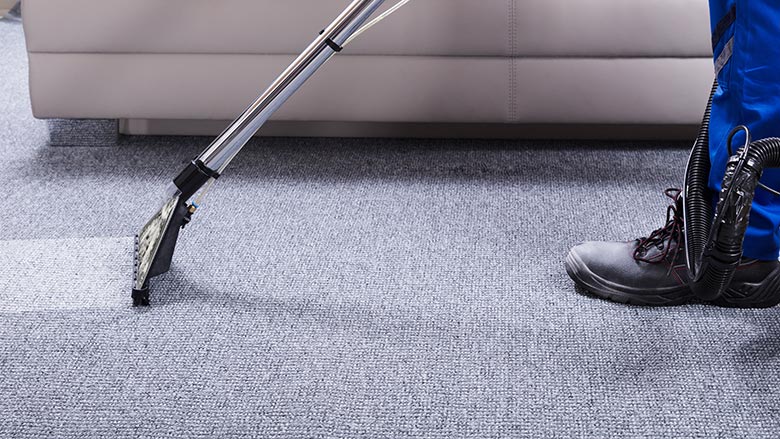
Photo credit: AndreyPopov / iStock / Getty Images Plus via Getty Images
Minimizing the Risk
First – Protect yourself
- Verify electrical power is off and apply Lockout/Tagout
- Don’t go into areas if water is still rising
- Watch for and avoid trapped animals, reptiles, and biting insects/bugs
- Wear waterproof boots that can be cleaned afterward
- Wear waterproof gloves
- Eye and/or face protection
- Water resistant or proof suit
- Document on a JHA!
Second – Observe the water
Look at the water and take pictures. Note if there are:
- Visible chemicals
- A floating, oily sheen
- Any biological remains (e.g. animals, pets)
- Visible indicators of sewage
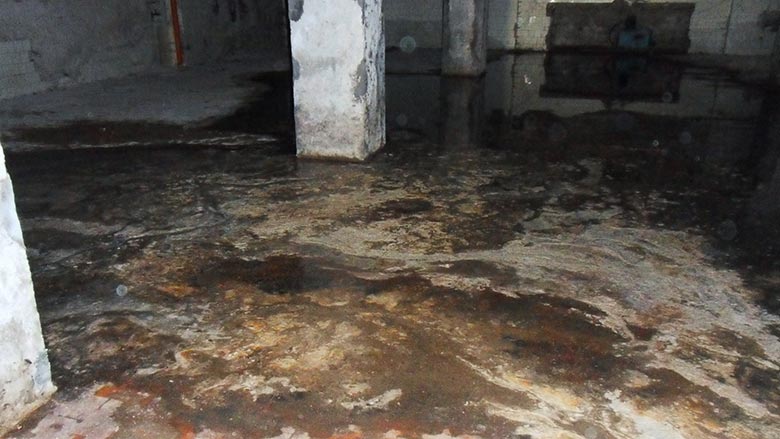
Photo credit:lucamato / iStock / Getty Images Plus via Getty Images
Third – Try to determine where the water came from
Was there a:
- Storm/Flood event
- Broken water supply line
- Roof drain backup/overflow/rupture
- Sewage backup
- Nearby cleaning or manufacturing process
Then take more pictures!
Fourth - Determine Proper Disposal
All of the above information you gathered will help with the proper decision. There are likely infinite combinations of water and contaminants; however, to simplify the matter, some scenarios are as follows:
- Water from a storm or flood without obvious contamination can go into an outdoor storm water drain.
- Clean water from a broken water supply line without obvious contamination can go into an outdoor storm water, sanitary sewer, or outdoors grassy area.
- Sewer water without chemical contamination can be pumped back into a sewer drain/system or containerized for later disposal if the sewer is not functional.
- Water with an oily sheen will usually need to be recovered with a vacuum truck and disposed of by a licensed waste contractor. (2)
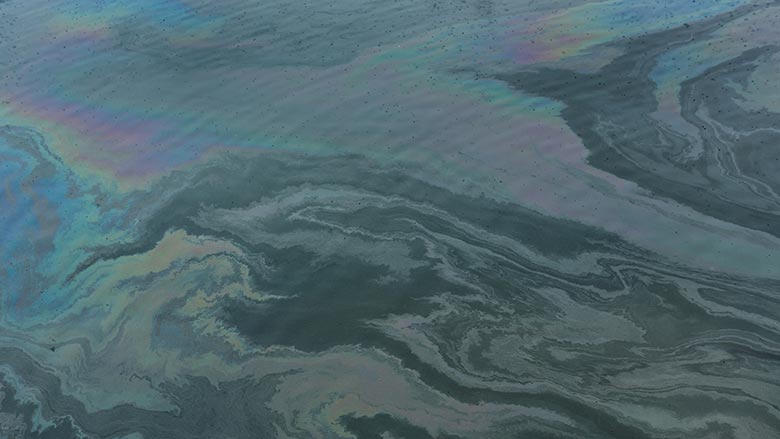
Photo credit:Rigel / iStock / Getty Images Plus via Getty Images
- Water with a chemical or hazardous waste will usually need to be recovered with a vacuum truck and disposed of by a licensed waste contractor.
- Water with a large volume of dirt, sand, and silt will likely clog whatever water system it is discharged into, so it will likely need a large area to settle out, allow to deposit, or be pumped out.
- Water with dead animal remains will need to managed on a case-by-case basis. For instance - Can the remains simply go into a dumpster without handling? Do you need a special handler based on size, quantity, or risk?
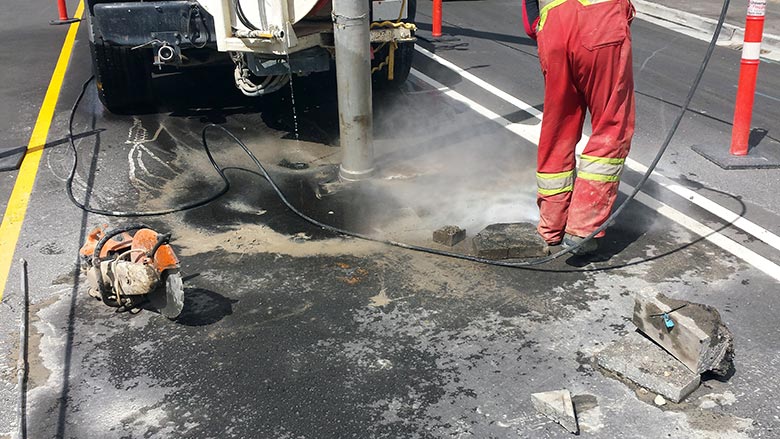
Photo credit:Hailshadow / iStock / Getty Images Plus via Getty Images
Summary
Restoration companies deal with a very wide range of water and liquids that have to be properly removed and managed. Some situations are very easy to deal with; some are complicated with risk of exposure and special disposal needs. Take a few minutes to evaluate the wastewater you are working with to protect employees and your business!
Resources
ANSI/IICRC S500 Standard for Professional Water Damage Restoration. https://iicrc.org/s500/
Occupational Health and Safety Administration, OSHA Fact Sheet, Flood Cleanup, DSTM FS-3471 10/2005. https://www.osha.gov/sites/default/files/publications/OSHA3471.pdf
References
- Centers for Disease Control and Prevention, Sanitation & Hygiene: Guidance for Reducing Health Risks to Workers Handling Human Waste or Sewage. https://www.cdc.gov/healthywater/global/sanitation/workers_handlingwaste.html#:~:text=Keep%20open%20sores%2C%20cuts%2C%20and,handling%20human%20waste%20or%20sewage.
- Valicor Environmental Services, An Introduction to Oily Wastewater Treatment and Oil Recovery Services. https://www.valicor.com/blog/an-introduction-to-oily-wastewater-and-oil-recovery-services
Looking for a reprint of this article?
From high-res PDFs to custom plaques, order your copy today!








